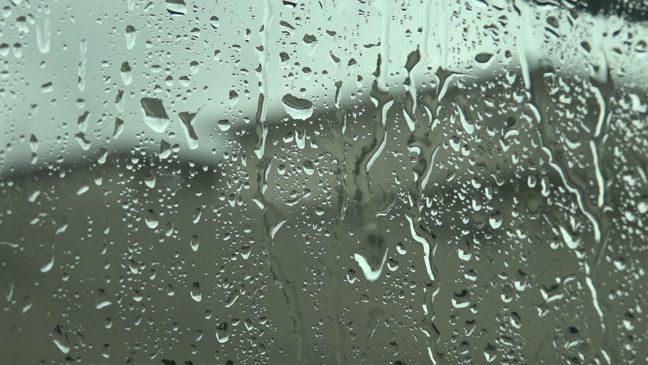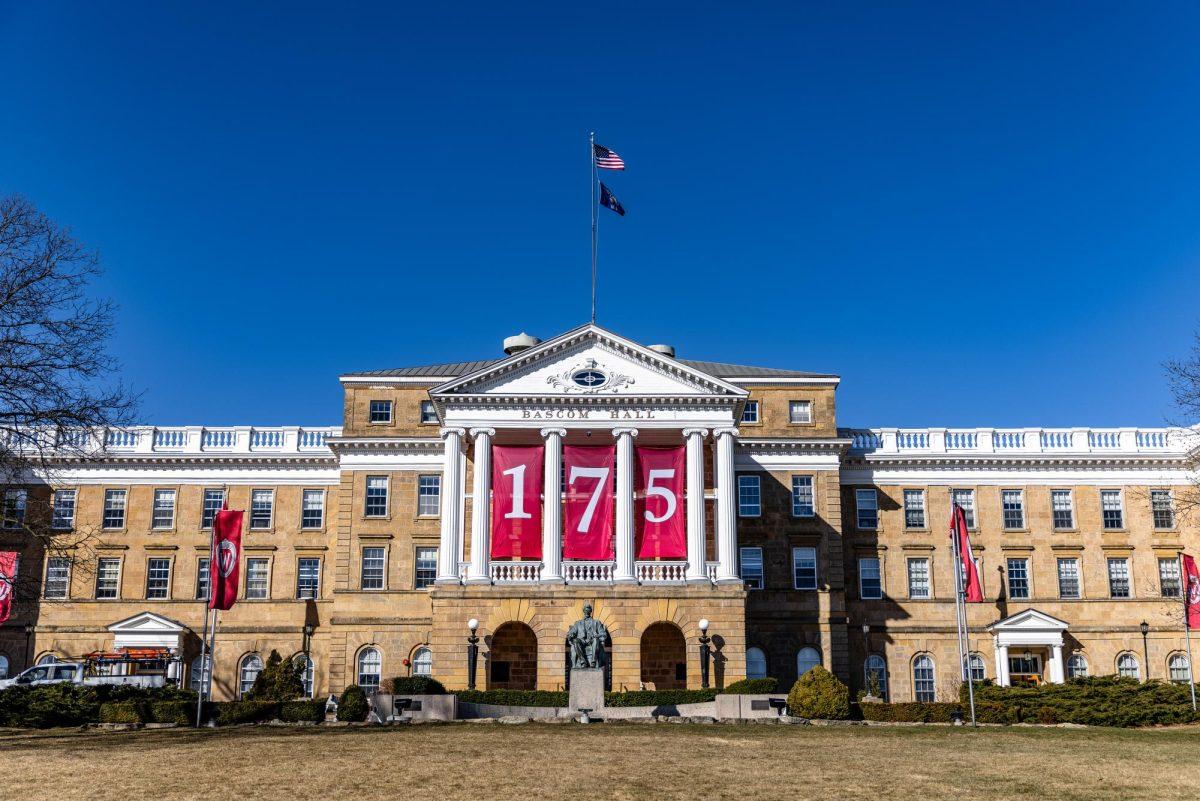In recent months, beaches surrounding the Madison area have experienced blue-green algae blooms within the lakes, resulting in beach closings due to the high human health risks the bacteria can cause.
University of Wisconsin limnologist Richard Lathrop said blue-green algae blooms are fostered by over-fertilization from nutrients, mainly phosphorous. On warmer days, the blue-green algae tend to float with the assistance of gentle winds. From there, they accumulate along the shorelines and pile up behind piers.
Plant Dane program promotes cleaner lakes by making native plants increasingly accessible
“The lakes are over-fertilized and with those nutrients in the summer, when most of the temperatures are warmer, we get blue-green algae blooms, otherwise known as cyanobacteria,” Lathrop said. “But we commonly think of them as blue-green algae. Blue-green algae can be toxic; they can have neurotoxins that can cause seizures and respiratory arrest leading to death. Other types of blue-green algae have kidney and liver toxins —we call them hepatotoxins.”
In an attempt to combat the spread of blue-green algae blooms, the Dane County Land and Water Resources Department has put in place a system of filters along beaches in the Madison area, including Bernie’s Beach Park, Mendota County Beach and Goodland Beach.
John Reimer, Assistant Director of the Dane County Land and Water Department, said the department plans to expand what was done with those beaches and look at five other beaches which might need filters in the next five years.
The treatment system itself, which was designed in 2011 by Reimer, will cost about $100 thousand. However, Reimer said cost can vary depending on where the filters will be placed.
“Each beach may be unique in terms of their cost,” Reimer said. “Some of the filters will be done on the city of Madison beaches, and some of the requirements would be, well, where does the treatment system go? Does it go inside a building, is there an existing building already there, what can already be utilized; that can change the price, either increase it or decrease it.”
As summer heats up, UW professor warns of algae hazards in Madison’s lakes
The lake on which the filter is located can also affect the cost, Reimer said. For example, locations on the lake with extensive wave impacts may cost extra.
Reimer said the treatment system is essentially an impermeable curtain in the water which separates the lake from the beach swimming area.
“What you’re creating is kind of an in-situ swimming pool in the lake, with this curtain,” Reimer said. “So now, you’ll protect all the offshore contamination from coming onto the beach — you can’t get any algae or bacteria coming from offshore. So it protects that but then inside the swimming area you could still have outbreaks. So that’s what the treatment system is for, is to continuously clean and treat the water that’s inside the lake swimming area.”
The curtain features a weighted chain on the bottom which keeps the impermeable wall tight to the sediments at the beach. Then, the filter pulls the infected water out of the enclosure and utilizes a UV treatment which eliminates the bacteria.
Experts search for remedy as pollution in Madison lakes becomes cause for concern
Lathrop said the system amounts to having a swimming pool in the lake, “where you’re keeping the water inside this flotation collar or enclosure clean by constantly filtering it and circulating it and the UV kills the bacteria.”
The beach closings that occurred throughout the summer are not solely related to blue-green algae, Lathrop said, but are also related to E. coli contamination in the lakes.
“We also have beach closures due to bacteria,” Lathrop said. “These [E.coli] are coming out from storm sewers near the beaches during rain events. If you’ve got a storm sewer outlet near a beach, then you can have a closure caused by high bacteria at the beach. So we’re dealing with two separate problems here at the Madison lakes.”
In an article published by The Water Project, researchers found that E.coli buildup in swimming areas can cause “gastrointestinal illness, skin, ear, respiratory, eye, neurological and wound infections [as well as] stomach cramps, diarrhea, nausea, vomiting and low-grade fever.”
Thus, the water treatment system protects beach-goers from both bacteria and blue-green algae contamination, Lathop said. The filters will allow for a safe and clean swimming experience.
“We’re trying to keep the beaches cleaner by not allowing the scum to float into them and get clogged in the beach area where these algae scum are really toxic,” Lathrop said. “You don’t want people swimming in that stuff.”




















